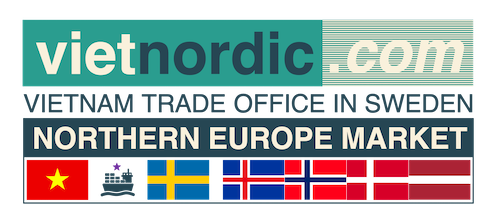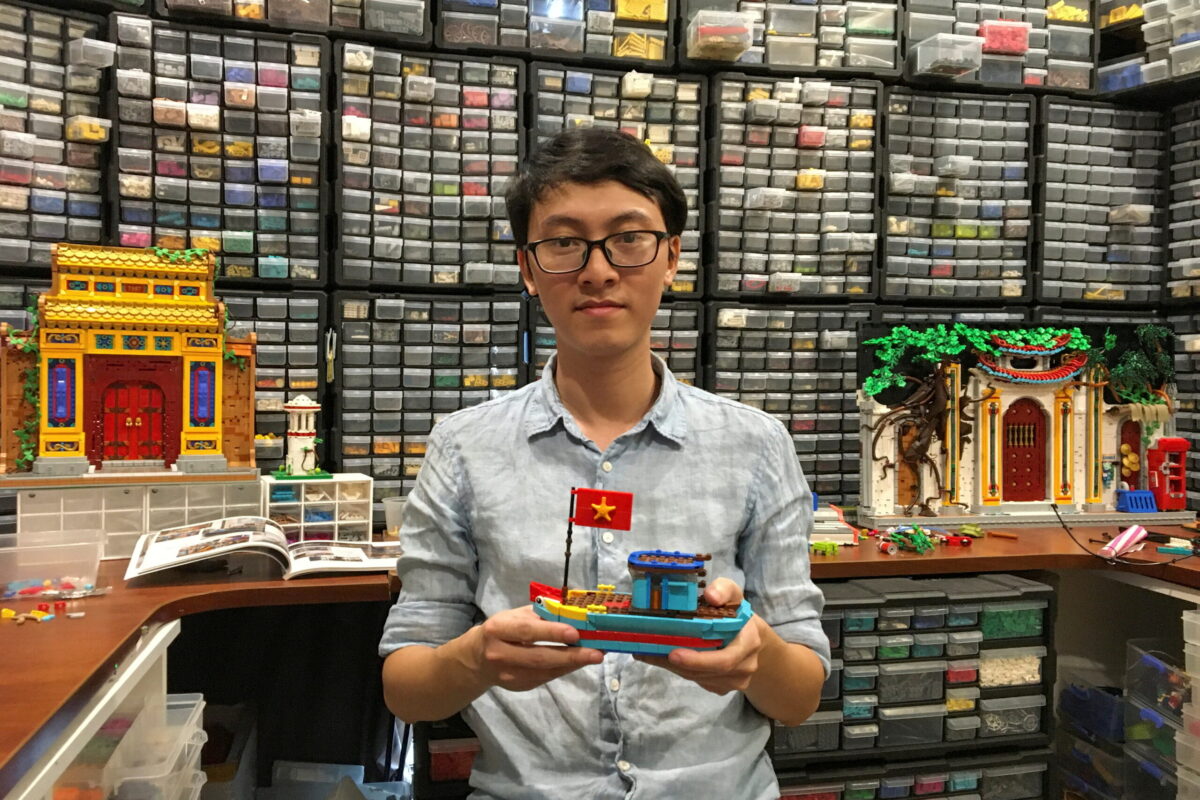Danish toy giant Lego has inaugurated a USD 1 billion (approximately EUR 906 million) factory in Vietnam, committing to producing toys without emitting greenhouse gases by relying entirely on clean energy.
Located in the Binh Duong industrial park near Ho Chi Minh City, this is Vietnam’s first factory aiming to operate entirely on clean energy — a goal expected to be achieved by early 2026.
This is Lego’s sixth factory globally and its second in Asia, equipped with high-tech machinery to produce colorful Lego bricks for the rapidly growing Southeast Asian market.
“I just want to make sure that the planet children inherit when they grow up is still a planet that can exist and operate,” Lego CEO Niels Christiansen told AP.
A Factory Powered Entirely by Clean Energy
The factory plays a crucial role in Lego’s plan to eliminate greenhouse gas emissions by 2050, with an interim goal of reducing emissions by 37% by 2032.
Lego Group has invested over USD 1.2 billion (around EUR 1.09 billion) in seeking more sustainable materials to replace petroleum-based plastics currently used to manufacture Lego bricks, although not all efforts have been successful.
Vietnam, aiming for net-zero emissions by 2050, expects the factory — equipped with 12,400 solar panels and an energy storage system — to serve as a model for sustainable manufacturing.
The Lego plant uses robots to produce bricks with precision down to one-tenth the thickness of a human hair, before packaging them. Thousands of trained technical workers, mostly trained at Lego’s China facility, will operate the automated production line.
Industrial production accounts for one-fifth of Vietnam’s GDP and half of the country’s energy consumption. Plans to phase out coal-fired power plants by 2040 are also underway.
A Blueprint for Eco-Friendly Factories
Covering an area equivalent to 62 football fields, the Lego factory is seen as a “blueprint” for large energy-intensive factories that can still operate sustainably and profitably. “Sometimes it takes a big company like Lego to lead the way. To prove that it’s feasible and still profitable,” said Mimi Vu, co-founder of the consulting firm Raise Partners in Ho Chi Minh City.
The factory will also utilize Vietnam’s newly introduced Direct Power Purchase Agreement (DPPA) mechanism from 2024, allowing foreign companies to purchase clean electricity directly from solar and wind energy producers.
Electricity will be stored at an adjacent energy center, ensuring a continuous power supply even when sunlight is unavailable. “This will meet the majority of the plant’s energy needs,” Christiansen said.
The remaining 10–20% of energy needs will be covered through agreements with other clean energy providers.
“Lego and Vietnam share a green ambition. Both want to contribute to climate protection. This is proof that it’s achievable,” said Jesper Hassellund Mikkelsen, Senior Vice President for Asia at Lego.
Greening and Avoiding Tariffs
Lego also plans to build a distribution center in Dong Nai Province to serve the Australian market and other Asian countries. Christiansen noted that locating the plant close to major markets helps Lego avoid the impact of U.S. President Donald Trump’s tariff policies.
Christiansen emphasized that the factory’s five buildings meet high energy efficiency standards. Lego has planted 50,000 trees — twice the number cut down during construction. This is also the first Lego factory to replace single-use plastic bags with paper bags for product packaging.
Lego continues to seek ways to produce bricks from more environmentally friendly materials. Christiansen noted that currently about one-third of the materials used in Lego production come from recycled and renewable sources, although the cost remains higher than that of traditional fossil-fuel-based plastics.
“It’s not cheap at all, but if we persist, we will help build a supply chain for more environmentally friendly plastics,” Christiansen concluded.

